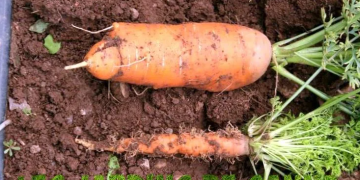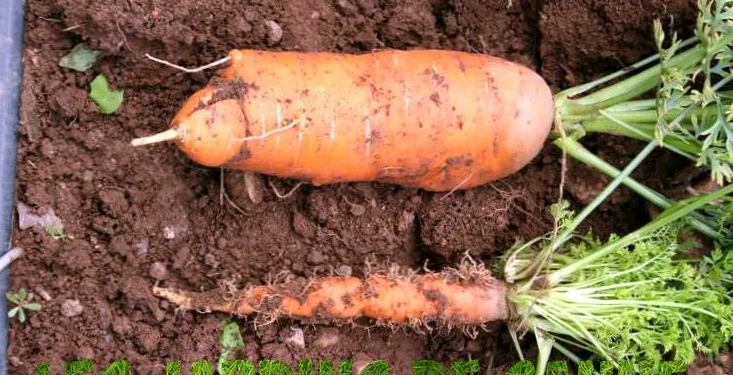#PlantDiseasePrevention #CropManagement #EnvironmentalProtection
Aster yellows is a plant disease caused by a phytoplasma that affects a wide range of plants, including aster, lettuce, carrot, and potato. The disease is transmitted by insect vectors, such as leafhoppers, and can result in stunted growth, yellowing of leaves, and abnormal flower development.
The development of aster yellows can have significant consequences for farmers, gardeners, and the environment. The disease can lead to reduced crop yields and quality, as well as increased production costs due to the need for pesticides and other management strategies. In addition, the spread of aster yellows can disrupt natural ecosystems and threaten the survival of plant species that are dependent on pollinators.
To prevent and manage aster yellows, it is important to take a proactive approach. This includes implementing preventative measures, such as using insecticides and removing infected plants, as well as monitoring crops and landscapes for signs of the disease. Additionally, ongoing research and education can help to improve our understanding of aster yellows and develop more effective management strategies.
Aster yellows is a serious plant disease with significant consequences for agriculture and the environment. By taking a proactive and informed approach, we can work towards preventing and managing the spread of this disease, and protecting our crops, landscapes, and ecosystems.


































